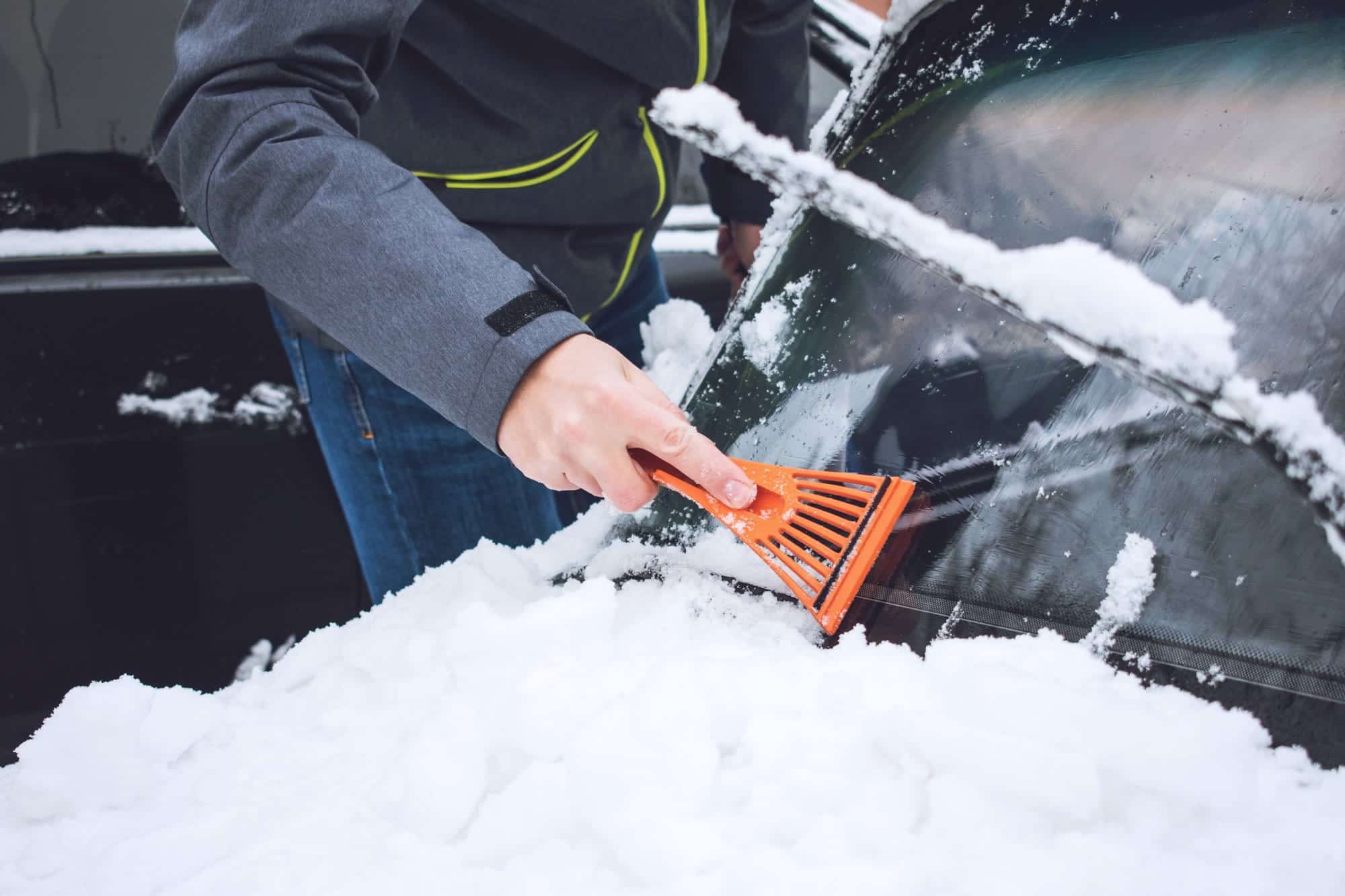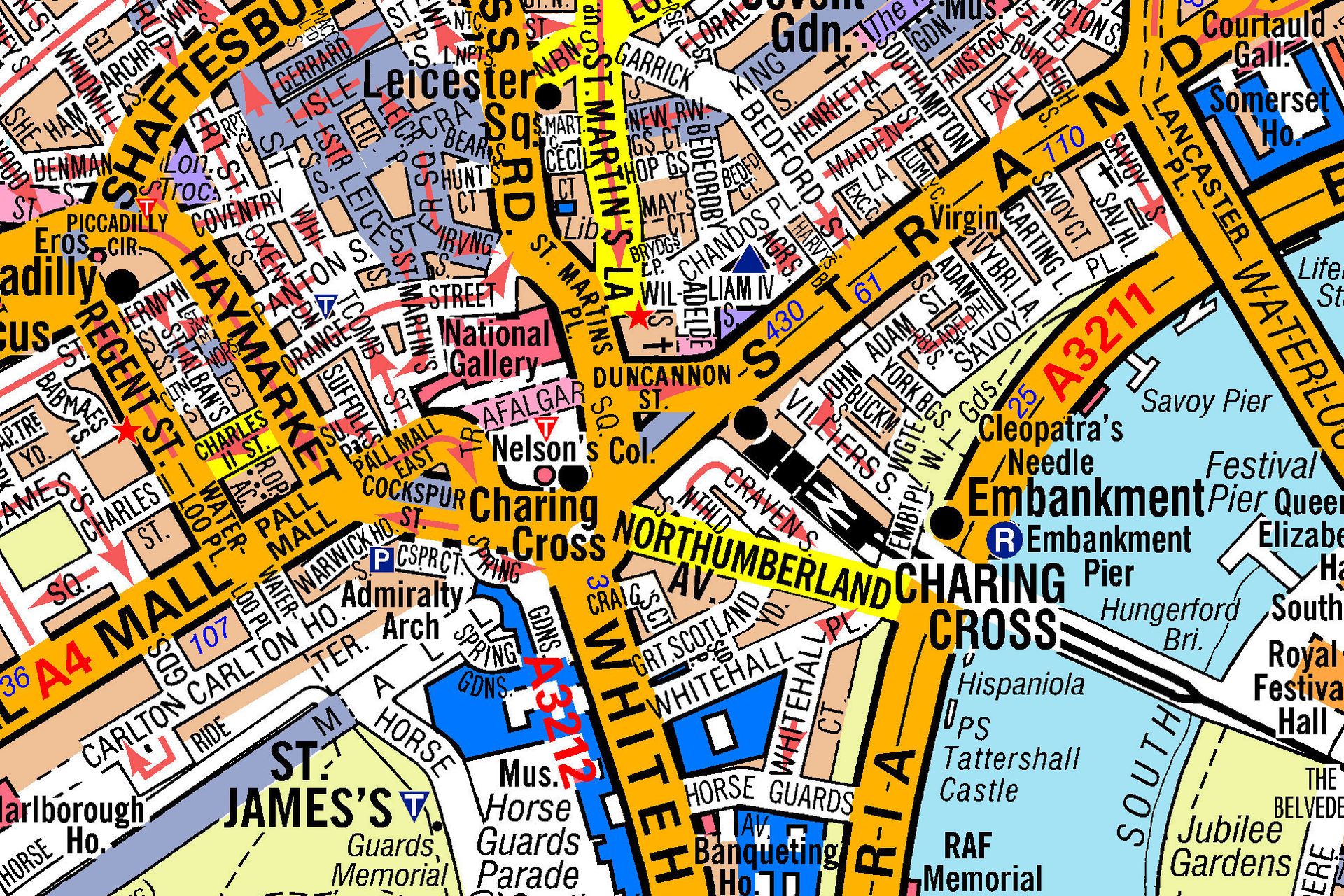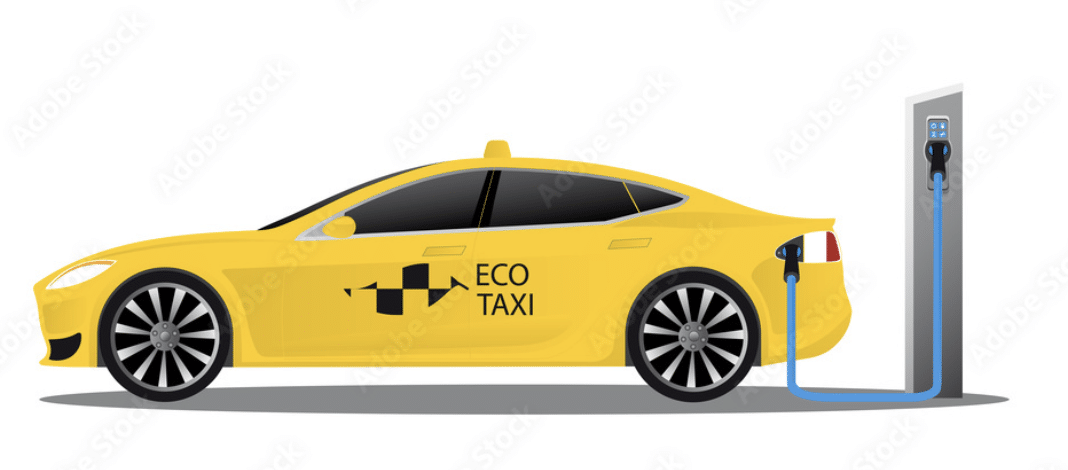Waking up to a frozen windshield in the morning can throw a spanner in the works, especially if you are in a rush. From chucking boiling water onto the screen to speed up the de-icing process to leaving the car running while you get ready inside are all go-to’s for most people.
But what if you’re causing unnecessary damage to your car without realising it?
As temperatures are due to drop across the UK as we dive into the winter months, knowing how to de-ice your car quickly will ensure your safety and others on the roads. Plus, setting off without a clear windscreen with less visibility could cost you more than just time.
Here we take a look at some simple and effective methods to quickly de-ice your car this winter:
The problem with using boiling water
According to our survey, 12% of the 15,400 participants recorded that they have thrown boiling water over their car to clear the windshield as quickly as possible.
Strike one. Not only is the temperature of the water far hotter than the frozen glass and could cause cracks to appear, but it could even shatter the glass completely. What’s more, any boiling water that works its way down across your paintwork could cause further damage by stripping away layers of paint—a costly way to end your morning.
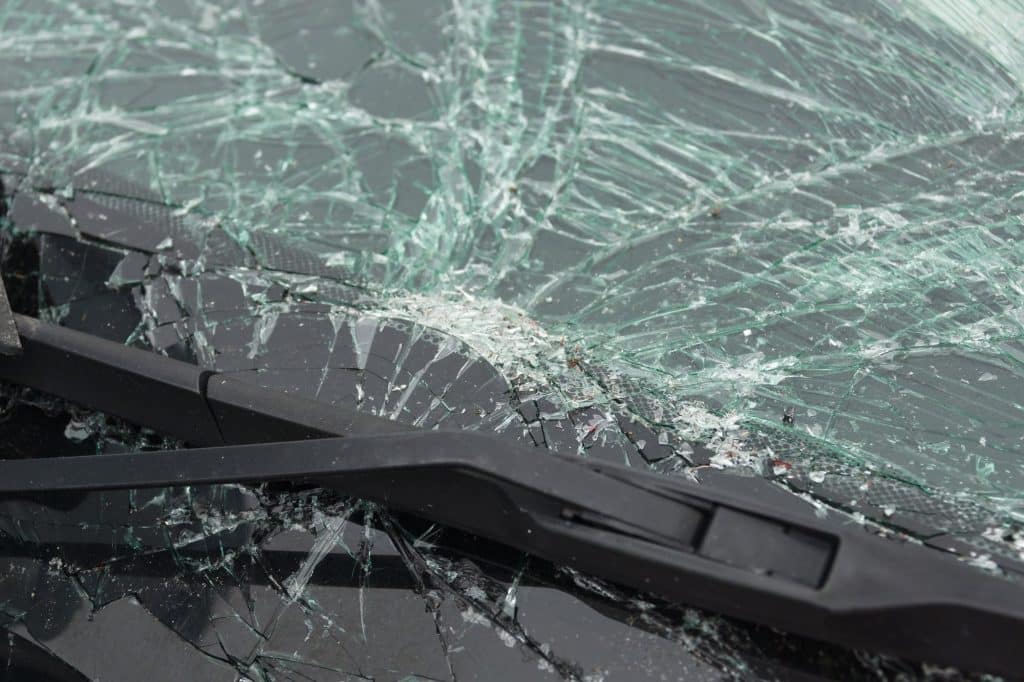
But what about lukewarm water? While chucking any water over your car may seem like the best and fastest solution to your de-icing woes, glass expands quickly when even warm water touches it. Then all that freezing cold air that caused ice to build up on your windscreen in the first place causes the glass to quickly contract as it cools down again. During that flexing, the glass can crack, especially if there were already small chips cracks forming on your screen.
What’s more, ice is made up of; you’ve guessed it, water. So on especially cold days, the water you’ve just lugged out from your home to defrost your car can turn back to ice before you know it.
Plus, warm water freezes faster than cold water! So all that water you have just poured over your car could cause another layer of ice to form on your windscreen and a dangerous, slippery surface on your driveway!
Instead, consider the following steps:
Heat up your car
Yes, this may sound like it’s going to take some time, but in reality, once your car starts thawing out from the inside out, your screen will be completely clear within minutes.
First, make sure your wipers aren’t on before starting the engine, as it’s pretty likely they will be frozen to the glass. If they are, then the wiper motor could get damaged, or the rubber could completely tear off if they manage to get free from the ice and start wiping.
However, make sure you are sat inside your vehicle so that you can monitor how well the warm air is clearing your screen and adjust the temperature nozzles if necessary.
Although the temptation is to walk away and leave the engine on – just like the 7% of our survey respondents – you must not leave your car running if you go back indoors as it is an offence under Section 42 of the Road Traffic Act 1998. Enforcing Rule 123 of the Highway Code, the act states: “You must not leave a vehicle’s engine running unnecessarily while that vehicle is stationary on a public road.”
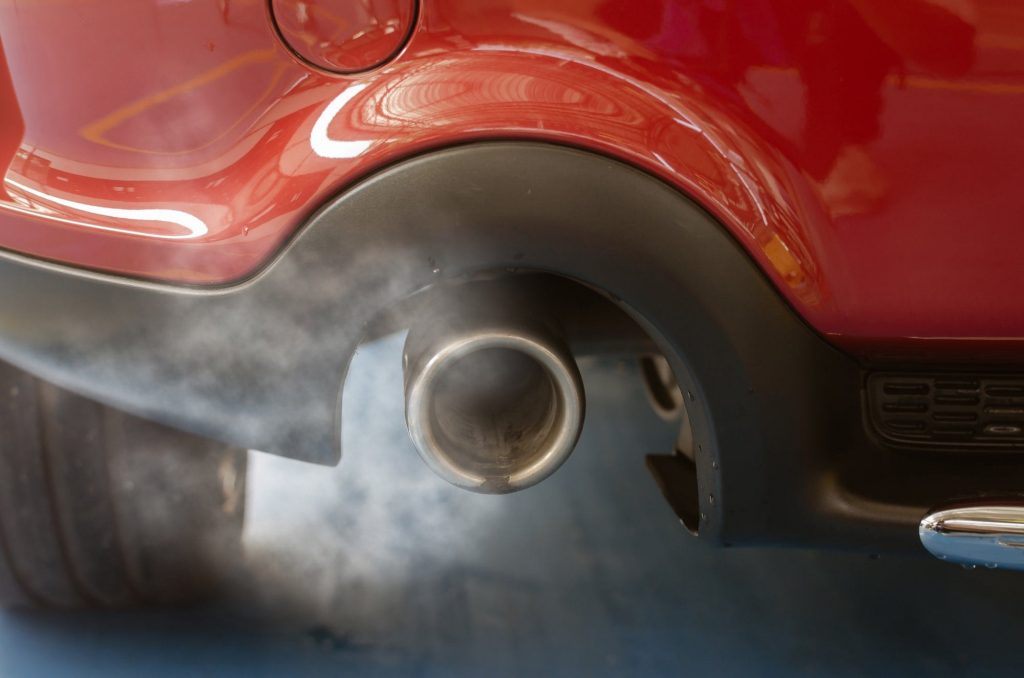
If you are caught on a public road or place in England or Scotland with your engine running idle, even if you are defrosting your screen, you could incur a £20 fixed penalty fine under the Road Traffic (Vehicle Emissions) Regulations 2002. Failing to pay within the required timeframe will double your fine to £40. Within London’s Ultra Low Emission Zone (ULEZ), idling could cost you up to £80.
Use a de-icer spray
While your first port of call might be to grab the boiling water (see above!) or a scraper to remove stubborn ice quickly, there are plenty of cost-effective de-icer sprays available that will simply melt the ice on contact without causing damage to your car.
You can even make your own de-icer sprays to get you through the winter months. Simply mix combinations of:
- Water and a teaspoon of salt
- One part water to three parts vinegar
- One part water to two parts surgical spirit or alcohol
When using salt, only use sparingly as used in excess can cause damage to your windscreen or your car’s paintwork.
Time to use a scraper!
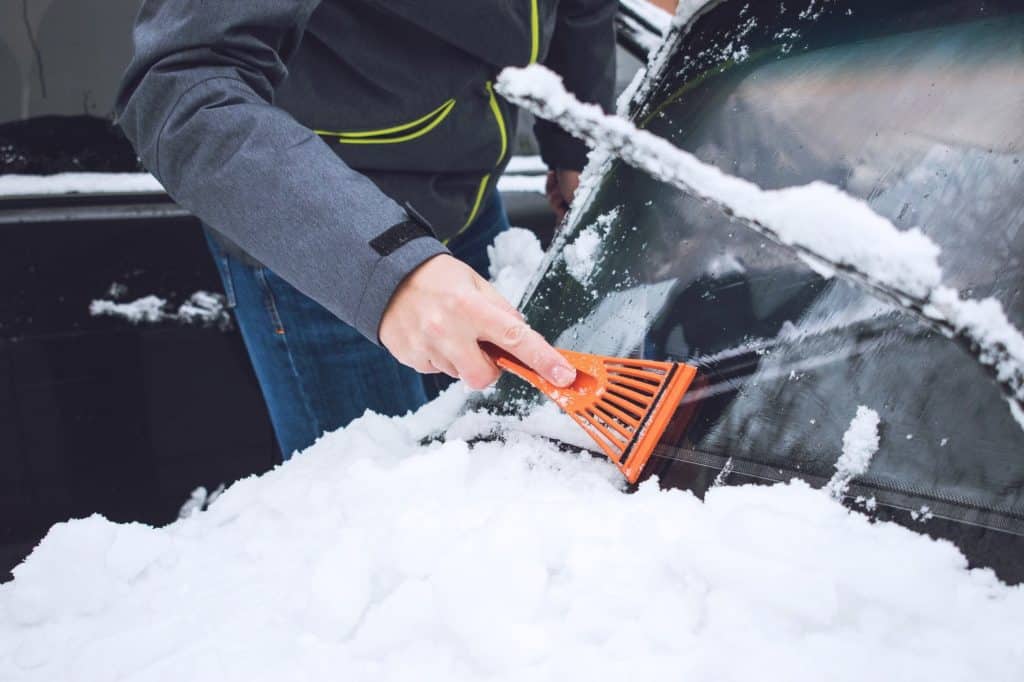
If you typically use a scraper to clear your windscreen, then you are not alone. According to our survey, 59% of all our respondents regularly use a scraper. However, it’s worth noting that using anything other than a specially designed car scraper will likely damage your windscreen or the other sharp object you chose for the job.
Rather than using your scraper straight away, let your car heat up first to soften the ice and remove any easy to move snow with a soft brush. Then using a car scraper, you can start carefully chipping away at the ice to clear your screen.
Scraping while you wait for your car engine to warm up will ensure the safety of you and your fellow road users.
Optional extras
While some of you may be blessed with a remote defrosting feature on your vehicle (like the 1% of our survey respondents), there are a few extra windscreen clearing hacks you may want to consider:
- Install a mini heater:
If you’re prepared to get the ball rolling before you chow down on your breakfast, plugging in a portable mini heater and popping it onto the parcel shelf of the backseat of your car will quickly defrost your vehicle. Although this is more beneficial for those who can park their car outside their front door – you won’t need to switch on your engine, so there is zero chance of an idling penalty!
- Make use of silica gel packets:
Every time you receive a parcel, keep a small stash of the silica gel bags that you’ll find inside. Each small bag is filled with a substance called silicon dioxide, which is a non-toxic, inert desiccant that dries out moisture. So although these powerful little packets won’t defrost your car, they will help to keep your screen clear from all that extra moisture!
- Turn on the AC:
Although this sounds counterintuitive, powering up your car’s air conditioning will help dry out the air within the inside of your vehicle faster with the help of the coils in your AC system.
- Turn off air recirculation:
Winter air is cold, so naturally, it holds less moisture. If possible, cracking open a window or two to let some fresh winter air in will help bring up your car’s absorption capacity and dry out all the saturated air trapped inside.
- Store your car overnight:
While not everyone has the benefit of having access to a garage, storing your car overnight is the simplest way to avoid de-icing your vehicle.
Don’t break the law
Ensuring your car is roadworthy is your responsibility, and failing to clear your windscreen, side and rear windows before setting off could cost you a £1,000 fine, disqualification and three points on your license.
Not only is a lack of visibility a costly mistake, but it’s easily solved in just a few minutes, and the regulations couldn’t be more explicit:
Regulation 30 of the Road Vehicles (Construction and Use) Regulations 1986 states:
- ‘Every motor vehicle shall be so designed and constructed that the driver thereof while controlling the vehicle can at all times have a full view of the road and traffic ahead of the motor vehicle.’ (With some exceptions, such as agricultural vehicles, as long as they comply with specific Community Directives).
- ‘All glass or other transparent material fitted to a motor vehicle shall be maintained in such condition that it does not obscure the vision of the driver while the vehicle is being driven on a road.’
Section 6 of the Highway Code states that all windows and windscreens must be kept clean and free from obstructions to vision.
What’s alarming is out of the 15,400 people we surveyed, 21% admitted to not de-icing their car before moving on. While you may never have faced a fine yourself for poor visibility, the cost of ignoring the regulations is high. Plus, obstruction to your field of vision may have further consequences. You may cause an accident, damage property or worse.
Frozen windshields and frosty side windows are a bugbear, especially when you are in a rush. Although the temptation is to always go for the fastest and often the most dangerous solution, de-icing your car the right way is safer for you and other road users. But with a few simple de-icing tricks up your sleeve, you’ll have your motor ready to go in no time.

